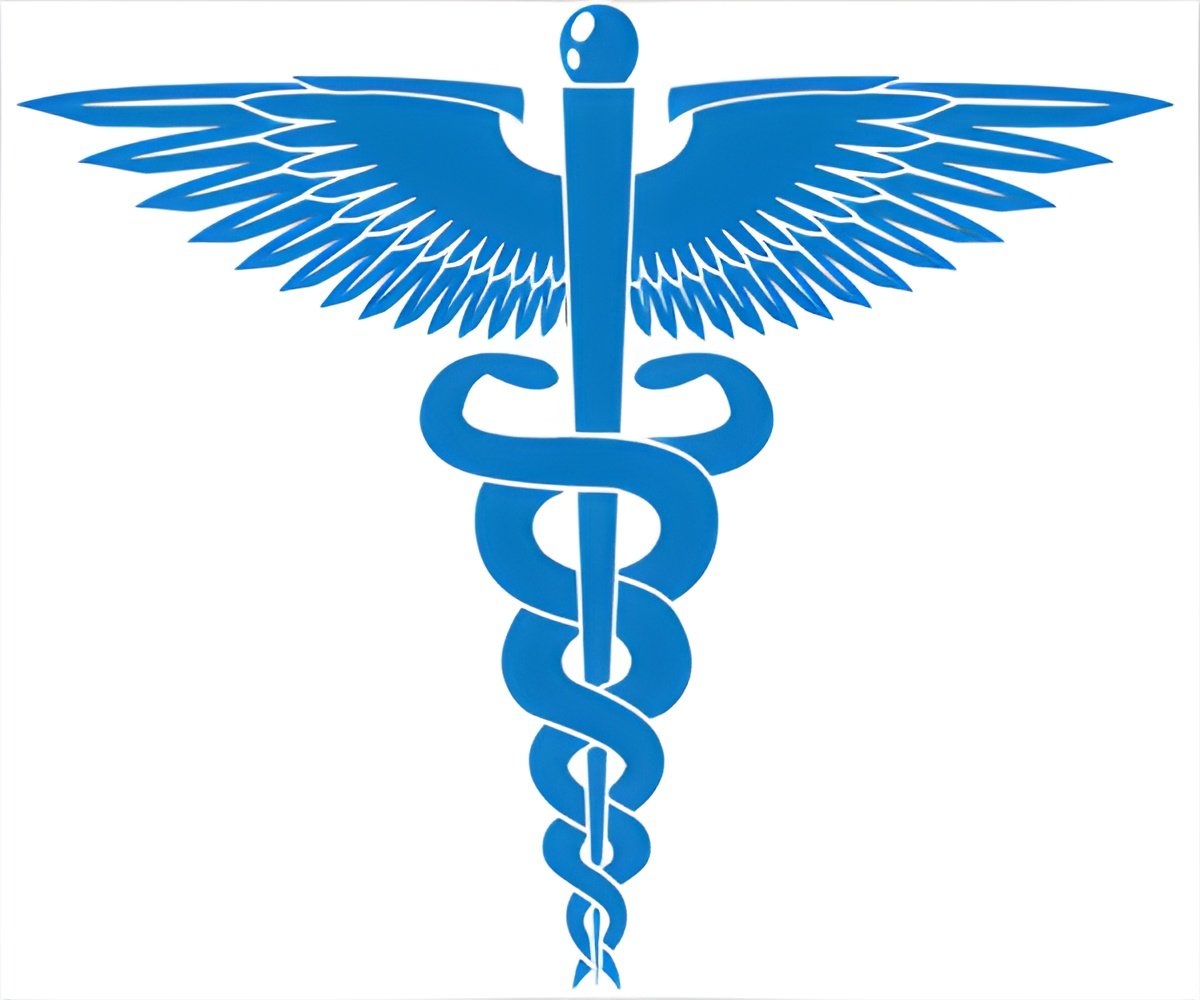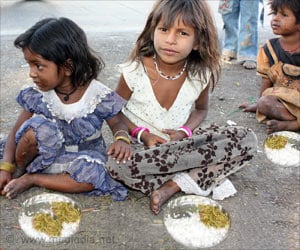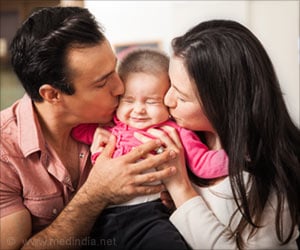About 58% of the Indians in rural areas opt for private healthcare, because public healthcare is inadequate, and it’s expenses push people back into poverty.

As many as 58 percent of Indians in rural areas opt for private healthcare (68 percent in urban areas), as we reported, because public healthcare is inadequate, and healthcare expenses push an additional 39 million people back into poverty every year, this Lancet paper said.
In anticipation of the transfer of money to states a process called devolution, proposed in December 2014 by the 14th Finance Commission Delhi had increased payments to state plans during the 2014-15 budget: Transfers rose by 108 percent to Rs 2,59,855 crore ($43 billion) for the state plans, IndiaSpend had reported.
Many increases to states were substantial, particularly in key areas such as village development, education, health and agriculture. The idea, to quote from a government document, was to "provide greater ownership to state governments in implementation of plans schemes and avoid thin spreading of resources, model of restructured centrally sponsored schemes (CSSs) continues. Higher allocation under State/UT (union territory) plan is reflective of this".
Between 2014-15 and 2015-16, unconditional transfers of tax revenues or "untied" funds, to use official jargon rose 55 percent, from Rs.3.38 lakh crore to Rs. 5.24 lakh crore, according to the budget's revised estimates released in October 2015 (The budget is prepared using income estimates, typically revised after six months to account for actual tax received).
The union health budget rose six percent, from Rs.29, 492.5 crore in 2013-14 to Rs. 31,274 crore in 2014-15, the year the National Democratic Alliance (NDA) presented its first budget. The cuts came in the second year of the NDA, 2015-16.
Advertisement
Although 18 states with poor health indicators called "high-focus states" increased health spending in anticipation of central cutbacks, our analysis reveals how smaller states have cut health spending because they did not have the money.
Money to create infrastructure has risen in state budgets, from 37.2 percent in 2011-12 to 50 percent in 2014-15, while funds for staff salaries and other administrative expenses fell from 62.2 percent to 49.9 percent.
"The country is close to completing its first budget cycle since the implementation of the FFC (14th Finance Commission) recommendations; any rigorous assessment of the real impact of these recommendations is difficult owing to large gaps in available data," said a report from the Accountability Initiative, a Delhi-based think-tank.
Source-IANS











